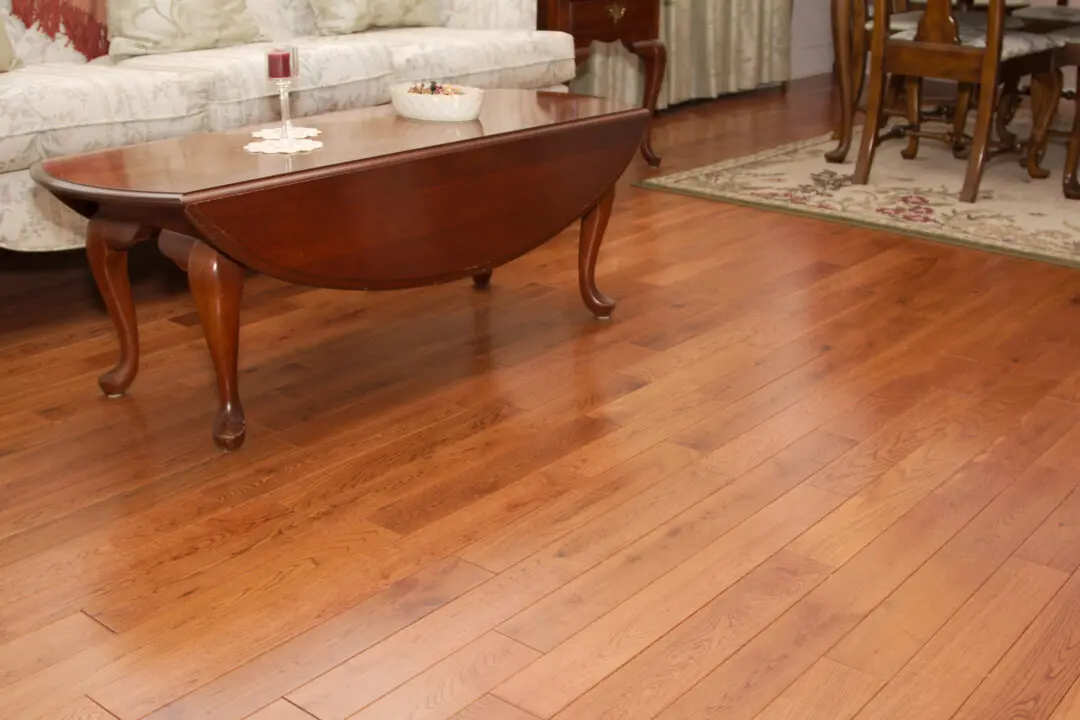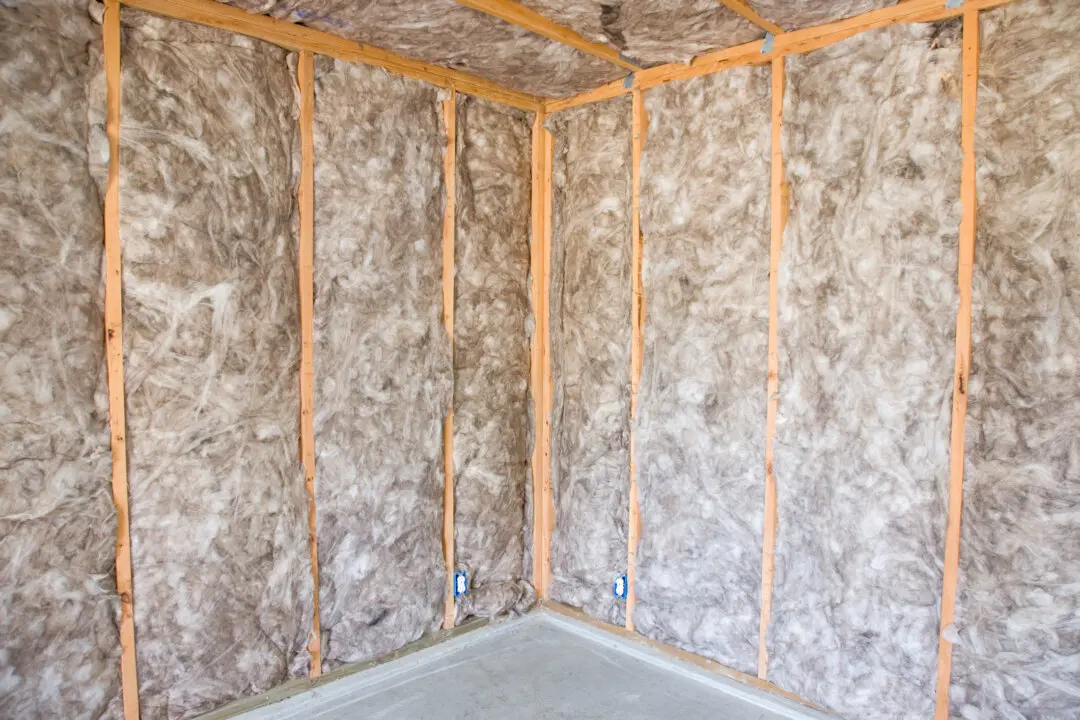There’s not a more traditional type of fence than wooden pickets, because it has long been the way to enclose property and add the eye-catching appeal of charm and warmth. Today’s variety of pickets range from those typically sold with pointed tips and others with wide straight-cut tops or scalloped top pickets. The more contemporary pickets are narrow and spaced close together, while classic pickets are wider and broadly spaced. You’ll find a variety of styles in sections measuring 3 to 4 feet high and in 48- or 96-inch lengths at home improvement and garden centers.
The first step of building any fence is to contact your local building department and ask if there are building code requirements and permits needed to build a fence—there usually are. Those requirements include the depth for post holes, because it depends on the frost line (how deep the ground freezes) in your area. Ask about other restrictions like the height of the fence or how close it can be to your neighbor’s property. And it’s very important to review a copy of your property survey to make sure you know exactly where your property begins and ends to avoid building a fence that infringes on your neighbor’s property.





